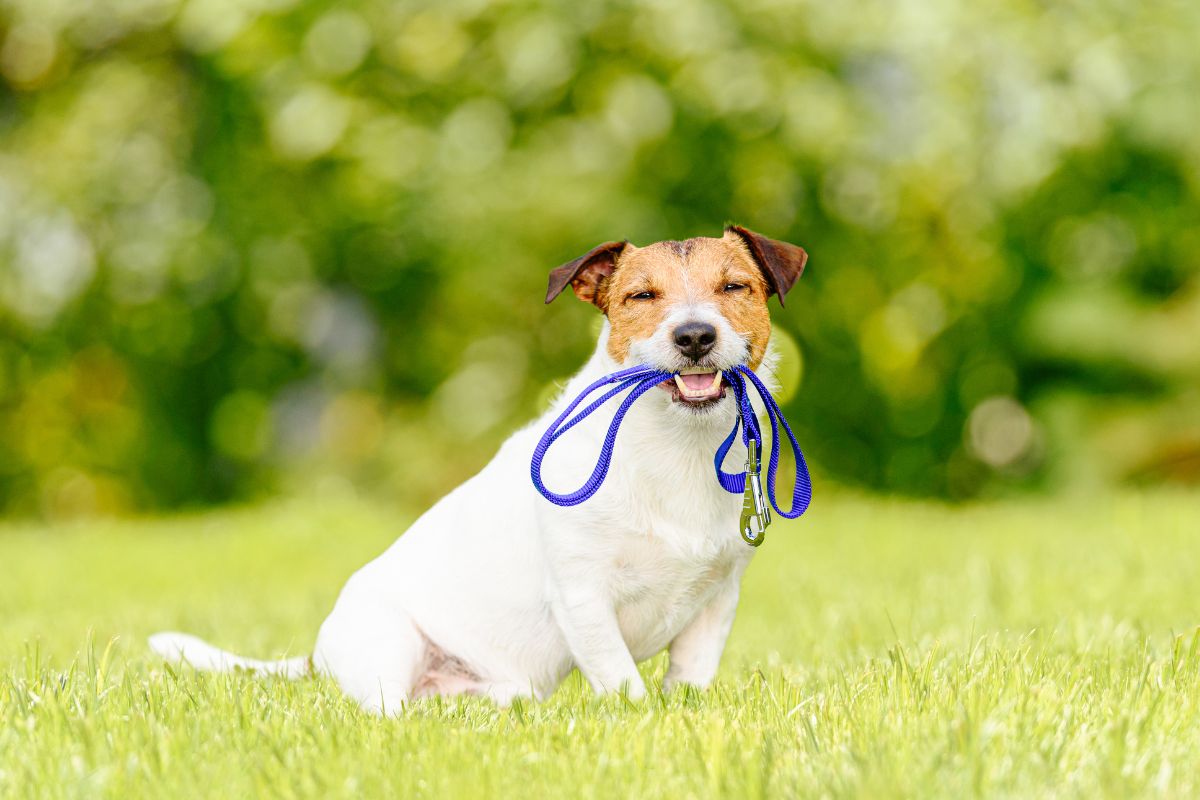One of the most crucial aspects of responsible pet parenting is providing proper training and guidance to your furry companion. Teaching your pet basic commands is not just about controlling their behaviour; it’s about fostering a deeper understanding and communication between you and your beloved pet. These commands are the building blocks of a well-behaved and happy pet, ensuring their safety, comfort, and happiness in your home and the wider world.
We’ll explore the practical benefits of each command and provide step-by-step instructions on how to teach them effectively. By the end of this journey, you’ll not only have a well-behaved pet but also a deeper, more profound connection with your furry companion.
1. Sit
Why It Matters:
Teaching your pet to sit is a fundamental command that lays the foundation for other behaviors. It helps control your pet in various situations, such as when guests arrive or during mealtime.
How to Teach It:
- Begin with a handful of small, tasty treats. These will serve as motivation for your pet during the training session.
- Hold a treat slightly above your pet’s head, ensuring they can see and smell it. Make sure you have their attention.
- Slowly move the treat backwards, over their head, and slightly toward their tail. This motion encourages your pet to lift their head and follow the treat with their nose.
- As your pet tracks the treat with their nose, it will naturally shift their weight and lower their rear end to the ground, assuming a sitting position.
- At the moment their bottom touches the ground, say “Sit” in a clear and calm voice. This associates the word with the action.
- Immediately reward your pet with the treat they’ve been eyeing, along with enthusiastic praise and affection. This positive reinforcement reinforces the desired behaviour.
- Repeat this process several times during each training session, keeping sessions short and engaging. Consistency is key to successful training.
2. Stay
Why It Matters:
The “Stay” command is crucial for your pet’s safety. It prevents them from running into danger or bolting out the door when you open it.
How to Teach It:
- Begin with your pet in a sitting position. This provides a clear starting point for the “Stay” command.
- Hold your hand in front of your pet’s face with your palm out, like a stop sign. Simultaneously, use a calm but firm tone to say “Stay.” The hand signal and verbal cue work together to communicate the command.
- After giving the command, take a single step back while maintaining eye contact with your pet. This shows them that you expect them to remain in place
- If your pet stays put without moving, immediately reward them with a treat and offer plenty of verbal praise. Reinforce positive behaviour and let them know they’ve done well.
- As your pet becomes more comfortable with the command, gradually increase the distance and duration of their “Stay.” Take a few more steps back or ask them to stay for a longer period before rewarding them. Be patient and only progress as your pet shows understanding and compliance.
- Consistent practice is essential for solidifying the “Stay” command. Practice in different environments and gradually introduce distractions to test your pet’s obedience.
3. Come
Why It Matters:
“Come” is a lifesaver when your pet is off-leash or in a potentially dangerous situation. It allows you to regain control and keep them safe.
How to Teach It:
- Begin by crouching down to your pet’s eye level. This makes you less intimidating and more approachable.
- Show your pet a treat to pique their interest and enthusiasm. Let them see and smell the treat to create a positive association.
- While gently patting your knees or clapping your hands to encourage your pet, say “Come” in a friendly and inviting tone. The verbal cue and the accompanying gesture signal your pet to move towards you.
- When your pet responds to the command and comes to you, reward them with the treat they saw earlier and shower them with lots of affection and praise. Make it a celebratory moment to reinforce the behaviour.
- Initially, practice the “Come” command in a secure, distraction-free environment, such as your backyard or a quiet room indoors. This allows your pet to grasp the concept before encountering more challenging situations.
4. Down
Why It Matters:
The “Down” command is useful in situations where your pet needs to remain calm and composed, such as when you have guests over or when visiting the vet.
How to Teach It:
- Begin with your pet in a sitting position. This provides a clear starting point for the “Down” command.
- Hold a treat close to your pet’s nose and gradually lower it to the ground. The treat serves as motivation for your pet to follow it.
- As your pet follows the treat and lies down, say “Down” in a calm and reassuring tone. This associates the word with the action.
- As soon as your pet is in a down position, reward them with the treat and offer plenty of praise and cuddles. Positive reinforcement strengthens the behaviour.
5. Leave It
Why It Matters:
“Leave It” is a vital command for preventing your pet from grabbing harmful or forbidden objects, such as toxic foods or small choking hazards.
How to Teach It:
- Begin by placing a treat in your closed hand and showing it to your pet. Make sure they can see and smell the treat.
- While offering your closed hand with the treat inside, say “Leave It” in a firm and clear tone. This verbal cue signals to your pet that they should resist the temptation.
- Initially, your pet may paw at your hand or attempt to get the treat. Be patient and wait for them to realize they can’t access it.
- As soon as your pet stops trying to access the treat in your closed hand, reward them with a different treat from your other hand. This reinforces the behaviour of leaving the initially offered treatment alone.
- To strengthen the “Leave It” command, gradually increase the difficulty. You can do this by using more tempting items or by placing the treat on the floor instead of in your hand. Over time, your pet will become more adept at leaving items alone when instructed.
- Consistency is key to successful “Leave It” training. Practice the command regularly, incorporating it into your daily interactions with your pet.
Conclusion
Teaching these five basic commands to your pet is a rewarding experience that enhances your pet-parent relationship. Remember that consistency, patience, and positive reinforcement are key to successful training. These commands not only make your pet more well-behaved but also keep them safe in various situations. Additionally, practising these commands regularly can be a fun and bonding experience for both you and your furry friend. Enjoy the journey of training and watching your pet grow into a well-mannered, obedient companion.
So, embrace this journey of pet training with enthusiasm and patience. With every “Sit,” “Stay,” “Come,” “Down,” and “Leave It,” you’re not just teaching commands—you’re nurturing a lifelong connection filled with love, trust, and shared experiences. Thank you for embarking on this rewarding journey of pet training and companionship.
May you and your furry friend enjoy many happy moments together, strengthened by the power of understanding and love.











